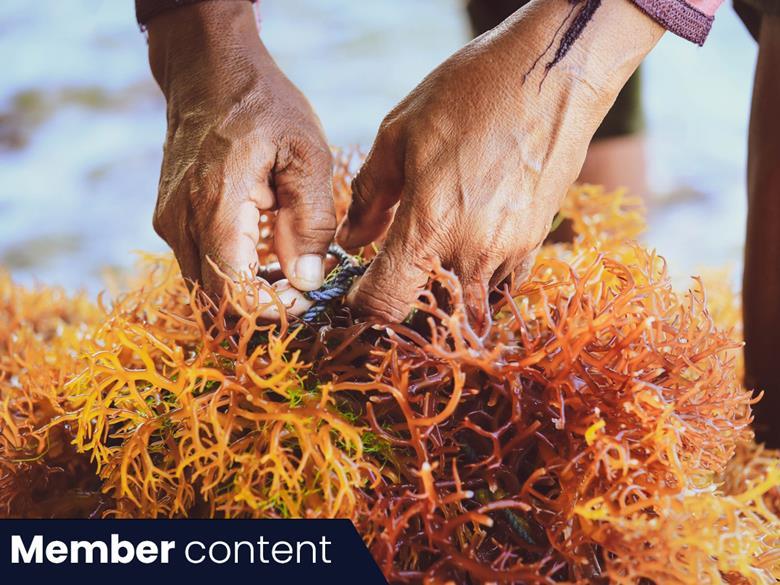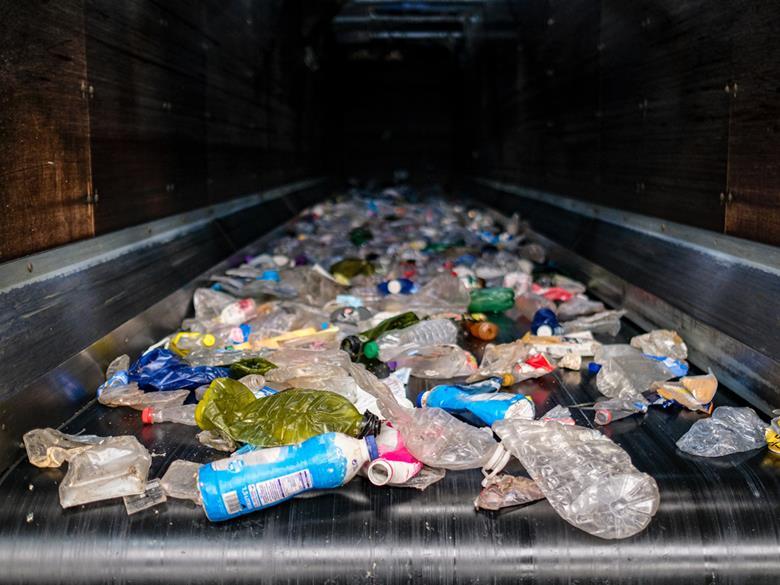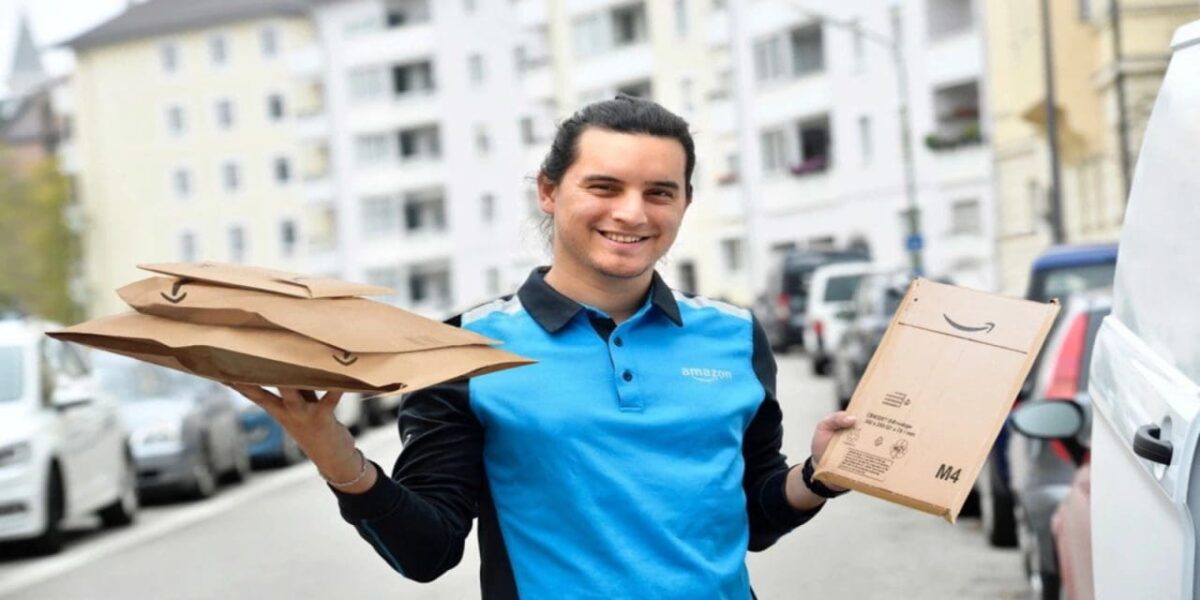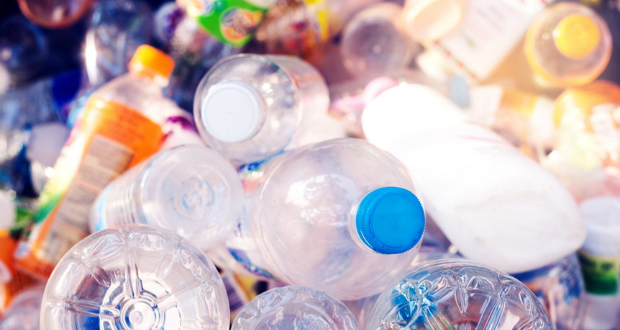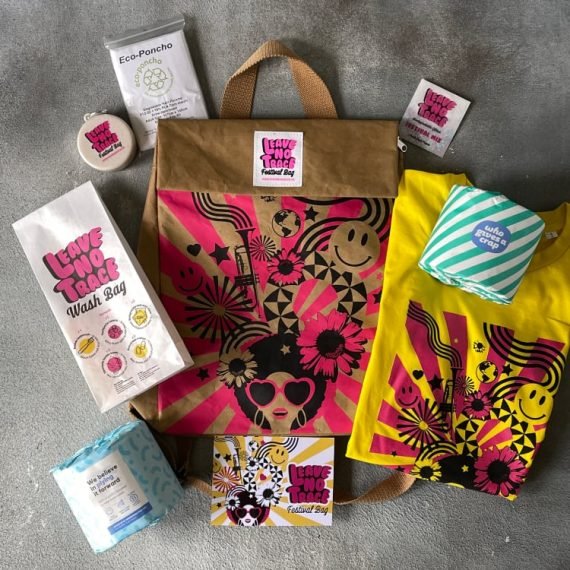Category: Sustainability
The Brief: Getting to grips with seaweed in packaging
In the latest edition of the Brief, we cover everything we know about seaweed-based packaging so far – how it works, where its sustainability claims come from, what designs are currently on the market, and the developments to look out for in the future. This article is part of Packaging Europe’s membership tier – a…
Breakthrough’ in polypropylene recycling could boost plastic packaging circularity
A significant hurdle standing in the way of increasing the use of recycled plastics in food packaging is the risk of potential residues causing non-compliance with food safety standards. Professor Edward Kosior and Paul Marshall of Nextek and NEXTLOOPP claim to have found an innovative solution to this issue, which they outline in our latest…
Compostable Tray Nudges EPS From the Meat Case
SEE’s new compostable tray performs as well as standard protein trays on food processing equipment and in distribution. t a Glance SEE’s new compostable meat tray offers an alternative to EPS and PET meat packaging The tray runs at high speeds on existing overwrapping equipment Tray is BPI-certified as industrially compostable, with DIN home-composting certification…
Amazon Recyclable Packaging in Europe, Subway Fiber-Based Catering Platters, Pizzarette Cooking Devices in Molded Pulp Packaging
The packaging industry is experiencing a substantial shift in materials, primarily driven by objectives centered around sustainability. The replacement of plastic remains a priority for many brands and retailers, as they seek alternatives that may provide a smaller environmental footprint or at least be more favorably received by consumers focused on anti-plastic. Amazon Moves to…
Consumers prefer paper packaging, want more packaging return programmes
The Paper Manufacturers Association of South Africa (Pamsa) enlisted South Africa as one of the 16 countries that participated in this year’s global ‘Trend Tracker Survey’. The biennial consumer research study, driven by Two Sides, seeks to understand consumer perceptions towards print and paper products, looking specifically at environmental awareness, reading habits, and packaging preferences.…
Sustainability Milestone: Amazon introduces 100% recyclable delivery packaging in Europe
EUROPE – E-commerce giant Amazon has unveiled that its entire European fulfilment network now exclusively employs 100% recyclable packaging for all customer orders. This initiative encompasses items sold by Amazon itself and those of its third-party selling partners affiliated with Fulfilment by Amazon. Customers throughout Europe will now receive their orders in flexible paper bags,…
Milliways switches to new ‘fully recyclable and biodegradable’ packs
Plastic-free, plant based chewing gum brand Milliways, has introduced a new packaging design alongside an update to its recipe. Milliways new pocket-friendly design takes its cues from the pack created especially for Pret A Manger, loved for its pop-to-open feature and efficient re-seal. The ergonomic boxes are still fully recyclable and ‘biodegradable’. They’ve also been…
Survey launched to understand household plastic recycling
Pledge2Recycle Plastics, part of RECOUP, has launched a survey to find out more about household plastic recycling practices. The research aims to identify the items causing confusion in recycling, while questioning citizens about their commitment to recycling bottles, pots, tubs, and trays. Stuart Foster, CEO at RECOUP, states, “We understand that recycling plastics can be…
Digitally Printed Aseptic Cartons Create Marketing Magic
Tetra Pak pushes the power of digitally printed custom cartons with higher quality, shorter runs, and variable designs that unlock the packaging potential of targeted marketing. Packaging Digest uncovered a variety of exciting packaging breakthroughs during Pack Expo last fall, one of which was Tetra Pak’s new in-house program for digital printing of cartons. After learning the…
How a washable paper backpack is keeping festivals sustainable
With summer underway and Glastonbury on the horizon, packaging specialists Paper Bag Co have re-launched their Festival Bag for 2023, the primary material in this bag is 100% washable paper, and is filled with eco-friendly alternatives to some of the most common items found at most festivals. What is in the Festival Bag? Last year…

